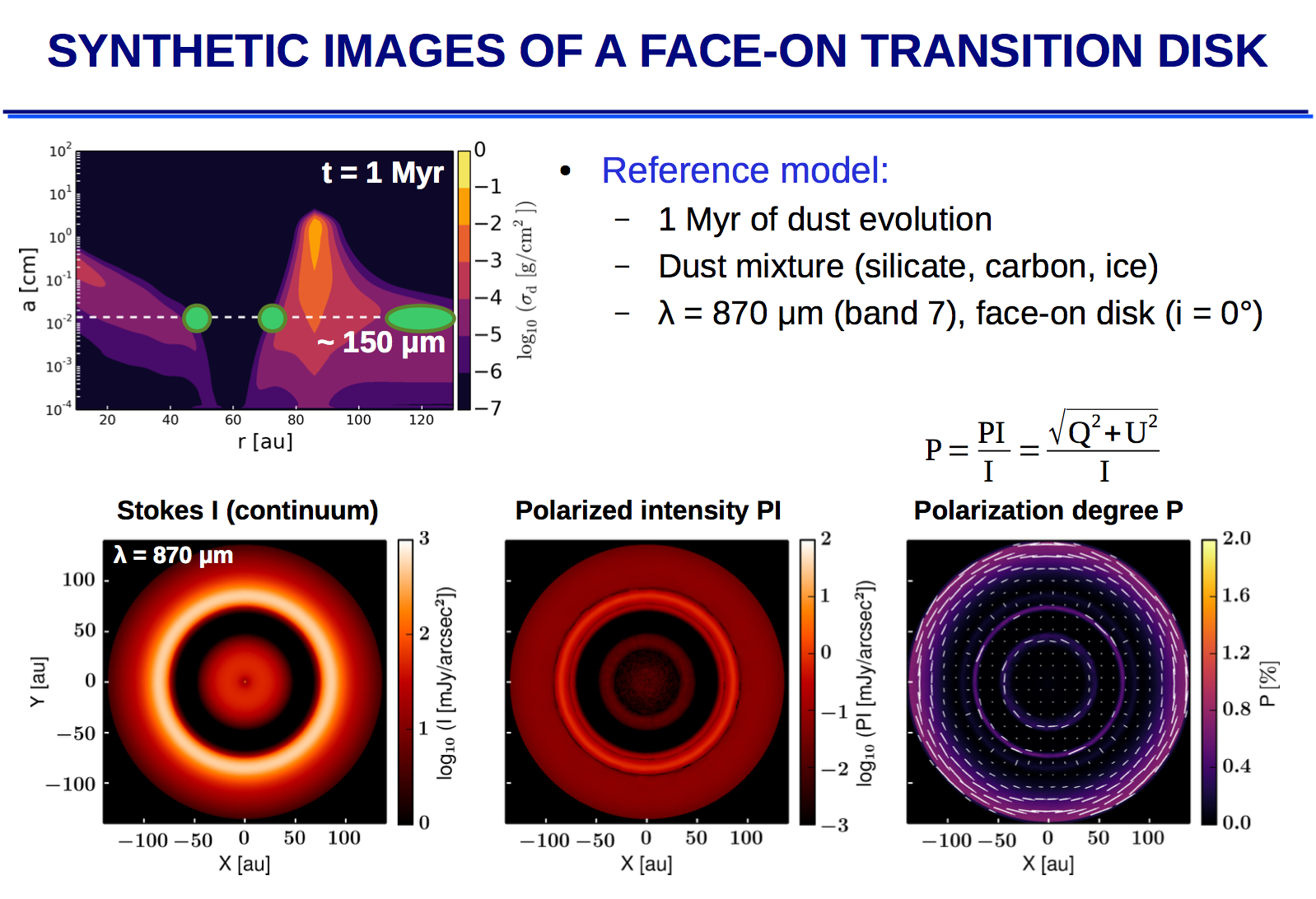Akimasa Kataoka
Website Akimasa Kataoka
Ph.D. positions
-
Ph.D. position is open at Guraduate University for Advanced Studies
Postdoc positions
-
Currently, there is no personal postdoc position open. However, there are several ways to get independent fellowships to work with me.
I cannot be responsible for any information below. If you are interested in the following positions, please contact the respobsible organizaiton directly.
JSPS fellow
Japan Society for the Promotion of Science (JSPS) is the national foundation for science in Japan. They offer a postdoc fellowship for foreign researchers. The duration is for 1-2 years with the monthly salary of 360,000 JPY.
JSPS fellowship
EACOA fellow
East Asian Core Observations Association (EACOA) is the association of astronomical institues in Japan, Taiwan, Korea, and China. They offer a postdoc fellowship position every year. The duration is for 3 years and fellows have to select two institutes among 4 countries at least. The monthly allowance is around 5,000 USD,
EACOA fellowship
NAOJ fellow
National Astronomical Observatory of Japan (NAOJ) offers a distinguished postdoc fellowship every year. The fellowship is for 5 years without any duties, with a high level of salary (roughly 550,000 JPY per month).
There is no webpage for the position, but the call for application is usually in August every year.
Humboldt foundation
If you are educated in Germany, you may use the alumni program of Humboldt foundation because I was once taking Humboldt Research Fellowship.
Feodor Lynen Research Fellowship
Examples of the previous work with young researchers and students
How comets do form?
Coments are believed to be remnants of planetesimals. Recently, Rosetta mission by ESA has collected an enourmous information of a comet, named 67P/Churyumov–Gerasimenko. We use our numerical simulation methods, which was previously used to measure the compressive strength of porous dust aggregates (Kataoka et al. 2013), to measure the tensile strength of aggregates. The ultimate goal to constrain the formation history of the comet by comparing the material strengths. This work is lead by Misako Tatsuuma, a master/Ph.D. student at NAOJ, enrolled to the University of Tokyo.Tatsuuma, Kataoka, Tanaka, in prep.
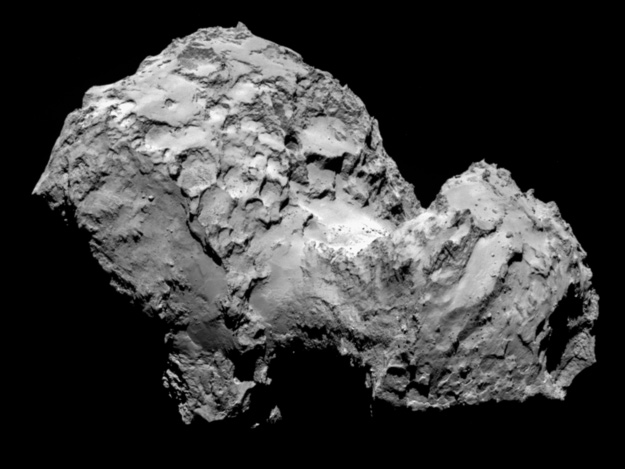
67P/Churyumov–Gerasimenko
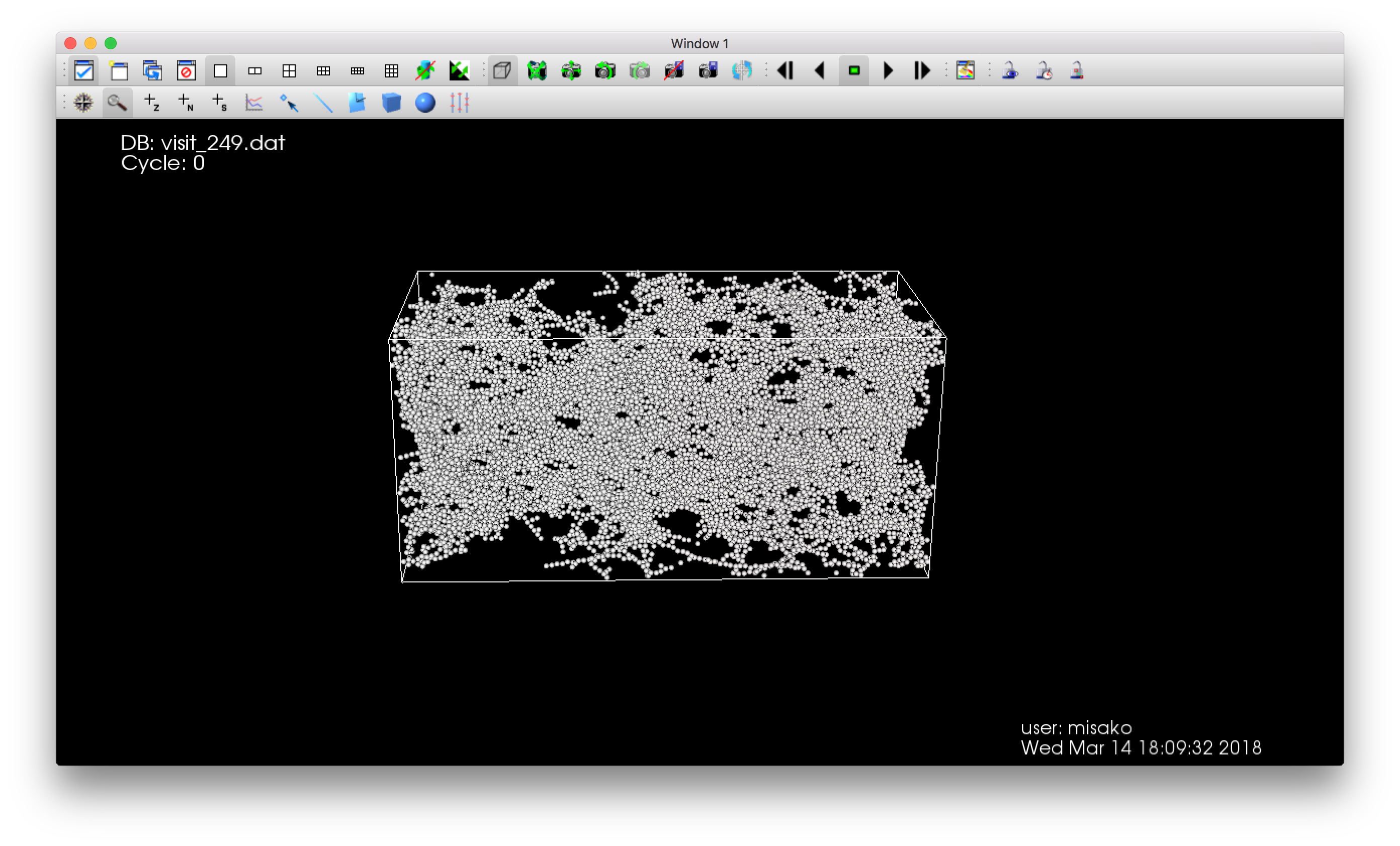
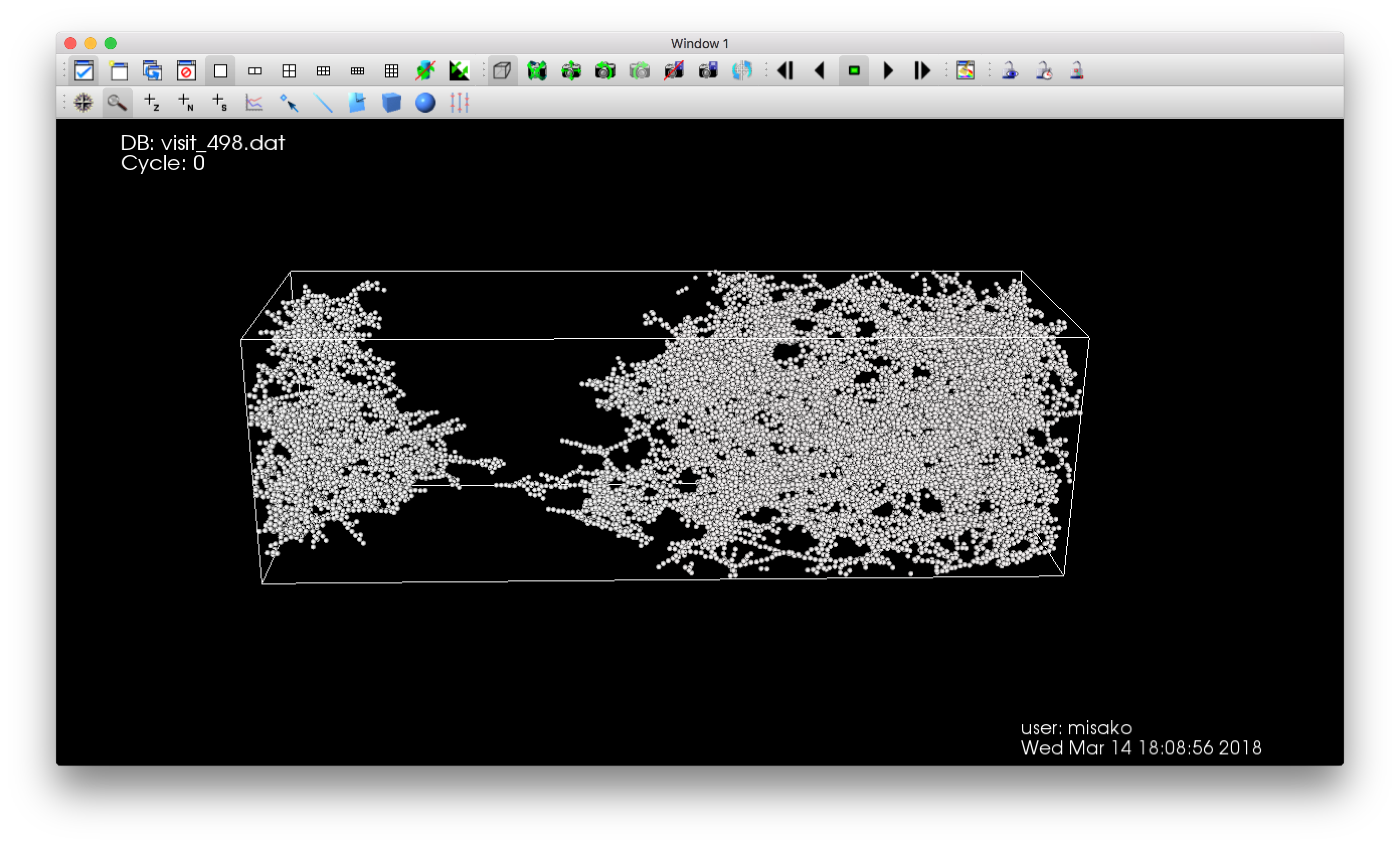
numerical simulations of dust aggregates
High resolution polarization observations of the protoplanetary disk around HD 142527
The understanding of the millimeter-wave polarization of protoplanetary disks has been dramatically developing. HD 142527 is the first protoplanetary disk to be observed with the polarization mode with ALMA (Kataoka et al. 2016). This work is to analysize new ALMA data with higher spatial resolution. This research is lead by Satoshi Ohashi, a postdoctral researcher at RIKEN.Ohashi, Kataoka, et al., submitted.
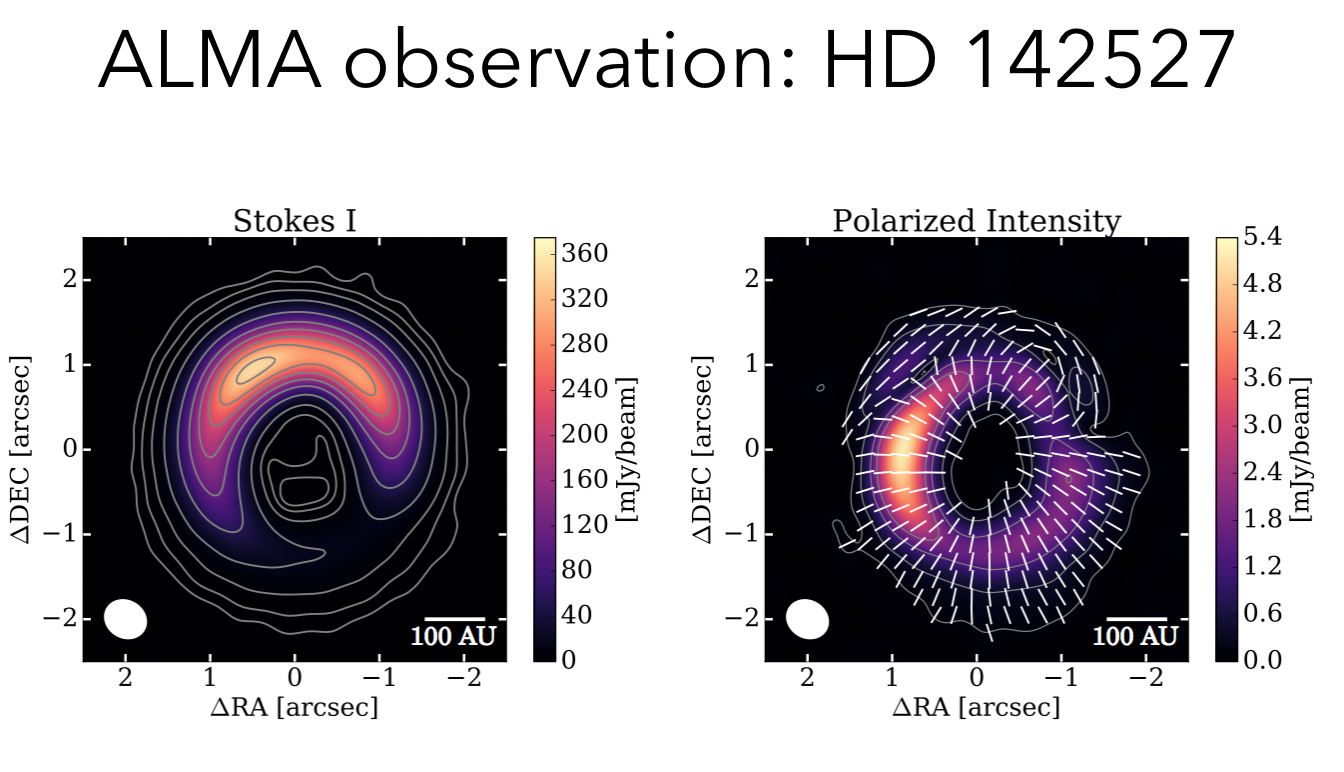
ALMA polarization observation of HD 142527 (Kataoka et al. 2016)
Testing the grain growth and migration theory by millimeter-wave polarization of protoplanetary disks
This work was lead by Adriana Pohl, a Ph.D. student at Max-Planck Institute of Astronomy (Heidelberg, Germany). It is theoretically pointed out that self-scattering of thermal dust emission in protoplanetary disks can produce a polarized emission (Kataoka et al. 2015). This self-scattering-induced polarization is detectable only when the grain size is ~ (wavelength)/(2pi). She combined the current state-of-the-art grain growth and migration model with the radiative transfer calculations to show if we can detect polarized emission."Investigating dust trapping in transition disks with millimeter-wave polarization"
Pohl, A.; Kataoka, A.; Pinilla, P.; Dullemond, C. P.; Henning, Th.; Birnstiel, T.
Astronomy and Astrophysics, 593, A12 (2016)
ADS
